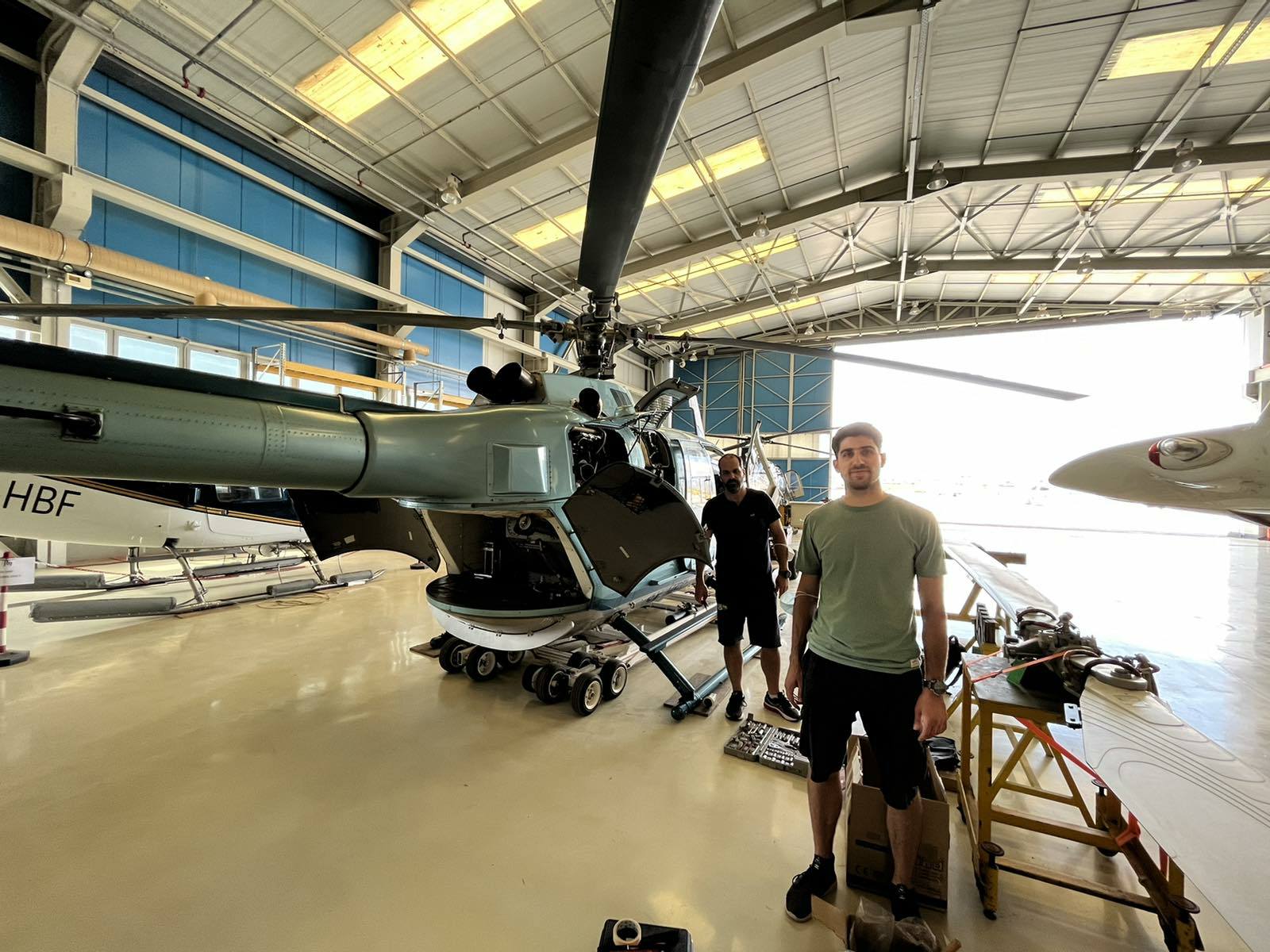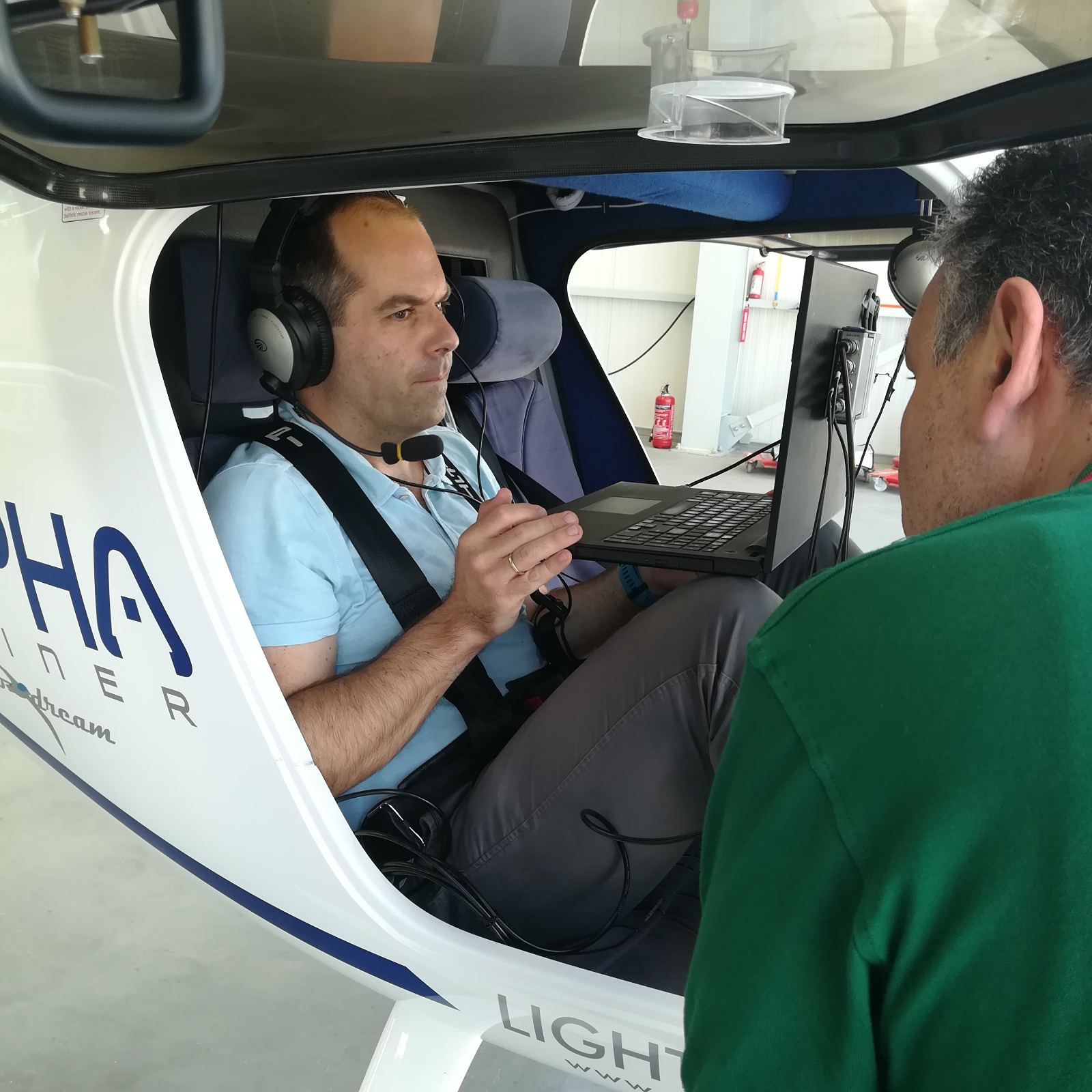 |
|
| Vibrations and noise come from a variety of stimuli in transport, such as motors, wheel or rail interfaces, aerodynamic loads, etc. A wide variety of these have a variable frequency content, such as those coming from the engines due to a change in rotational speed. Others are more broad-spectrum and random in shape, like e.g. aerodynamic loads and the flowing boundary layer. Finally, other noises are permanent, while others are transient, eg. from aerodynamic control surfaces or landing gears. This vibration is transmitted to the passengers through a variety of different diffusion pathways, such as the structure of the vehicle, or the air.
The trend towards increasing the efficiency and power of modern transport engines leads to an increase in the levels of emitted vibrations and noise. At the same time, the tendency to reduce the weight of their structures, coupled with the increasing use of composite materials, leads to a reduction in damping capacity. Conventional passive soundproofing means have limited capability for frequencies of less than 500Hz, and their increased use leads to an increase in the weight and volume of the soundproofing layer. Conventional passive vibration dampers have the ability to absorb at very specific frequencies, while they are heavy on account of their metallic parts. This has the consequence that low noise and vibrations are not adequately addressed in modern transport modes. The subject of the project is the creation of an integrated modular system of active reduction of a wide range of low-frequency vibrations and noise for use in transport and other related applications. Active systems have many advantages over classic passive systems, such as the ability to adapt and address the entire range of frequencies, as well as low weight and volume. The system is based on consumed actuator components of two types of intelligent (electrically active) materials:
Because of its distributed and varied structure, this system will be able to be integrated at all critical points in both new and existing modes of transport and reduce the noise and vibration level all the way down the noise from production , Dissemination to the final recipient. In particular, the system will include:
The system will be accompanied by
This system will be used in:
|
 |
 |
|
 |
|
